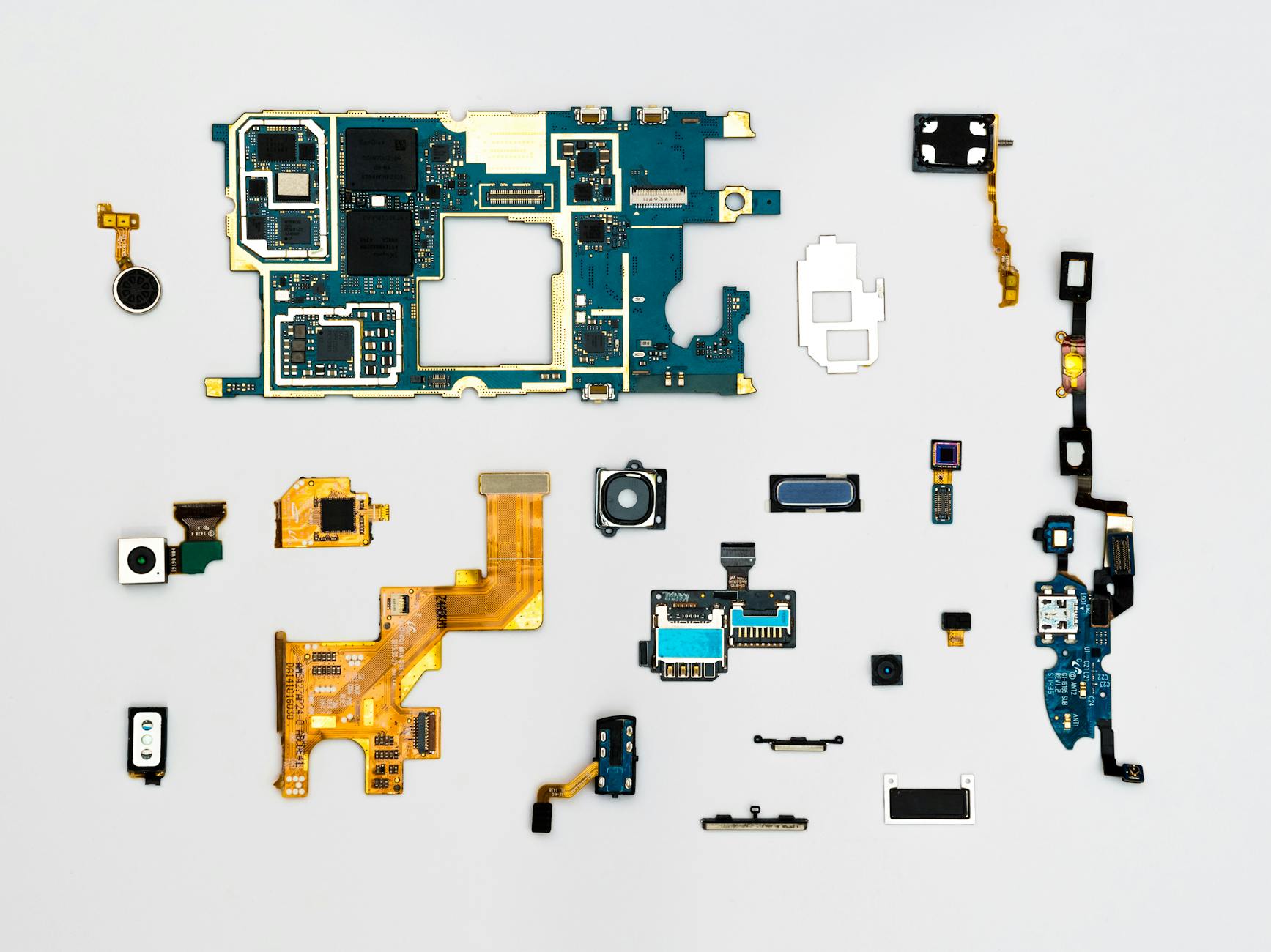Photo by Dan Cristian Pădureț on Pexels
The integration of humanoid robots, such as Agility Robotics’ Digit, into human workplaces is raising critical safety concerns, prompting calls for comprehensive new industry standards. A recent incident involving Digit underscores the potential risks associated with these advanced machines. Experts, including the IEEE Humanoid Study Group, are actively developing these standards, focusing on physical and psychosocial hazards, data privacy, and cybersecurity.
A key challenge lies in the ‘dynamic stability’ of humanoid robots, which require continuous power to maintain balance, a stark contrast to conventional robots. Agility Robotics is proactively addressing this issue by implementing features enabling Digit to decelerate smoothly when near people, rather than abruptly shutting down, which could lead to falls.
The establishment of universal standards faces the obstacle of precisely defining ‘humanoid.’ Effective communication between humans and robots is also paramount. Humanoid robots must clearly convey their intentions to prevent unexpected actions. Researchers note a psychological phenomenon where humans tend to anthropomorphize robots, potentially leading to an overestimation of their capabilities. Furthermore, inclusivity and adaptability are vital to ensure effective interactions with diverse populations. The forthcoming IEEE report will establish a fundamental safety benchmark for manufacturers, regulators, and end-users, guiding the responsible deployment of humanoid robots.
